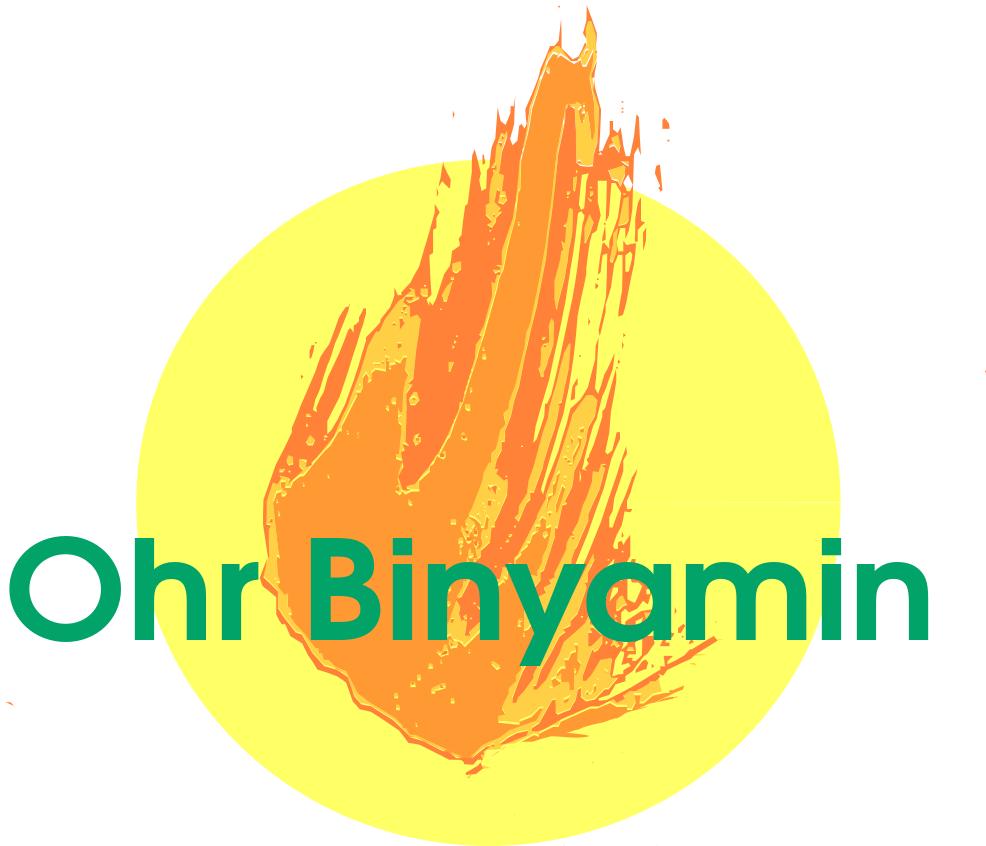Falling in Love – Fact or Fiction
It’s called Falling in love. I’m in love. It’s a tactic to get people to marry.
OK. Sometimes it happens. Sometimes it does not.
Let’s examine the situation. It is a Mitzvah – commandment – from the Torah for Jewish Men to marry and have children. It is a Mitzvah from the Seven Noahide laws from the Torah for Gentiles to populate the earth. Thus getting married is a Mitzvah for most people.
Searching for the Cold Truth
Some have it tough finding the right mate. Some have it tough once they are married. So let’s understand the purpose of marriage.
Have a question? Want the Truth? Ask a person who is well versed in Torah. The general reason for getting married in Judaism is to be able to do kindness to one another – to ultimately become a kind and good person.
The Foundation of Torah
Once a man wanted to convert to Judaism. He went to the great Torah sage Shammai and asked – “Please teach me the Torah while I stand on one foot.” He wanted to learn the foundation that the Torah is built upon. Shammai thought he was mocking him and drove him away with his measuring stick.
Then the same man went to the great sage Hillel and asked – “Please teach me the Torah while I stand on one foot.” Hillel said “Whatever is hateful to you – don’t do to others. This is the whole Torah – everything else is related details.” Rabbi Akiva said “You Shall Love your fellow as yourself is the great foundation of the Torah.”
Doing Kindness to Others Starts at Home
If that is the foundation of the Torah – then the commandment of Loving your fellow is also, intrinsically related to Marriage. When I get married I have an opportunity to do kindness every day to my wife or a woman to her husband, and kids. People forget this principle.
The reason – because I am more concerned about the other’s responsibility towards me – than my responsibility towards them. Many a time a date started off by one partner wanting to take from the other. The man had desires. The woman had emotional relationship desires – marrying would serve to fulfill both. But their reason for marriage was to Take.
Are You a Giver or a Taker – or both
They say it was love – but it was really “fish love.” “Fish love” is when a person says “I love fish.” The honest person would retort that comment – “If you loved fish – you wouldn’t pull it out of the water, let it die, scale it cut it up, cook it and eat it. You don’t love fish you love yourself.” An honest person should see where are they holding – is their main intention to give or to take?
The Torah says – the foundation of marriage is to give. If each partner put their sights on giving – rather than taking it’s much more likely the marriage would last. That is one thing young people should be taught before marriage. Your job is to give. Your job is to become better. Your job is to give to your spouse to better yourself.
Some Don’t Marry because they go into the marriage with the Hashkafa / outlook of the Society – rather than the Hashkafa of the Torah. Society says “You have RIGHTS!”. The Torah says “You have responsibilities.” Society says “Take”. The Torah says “Give.” They look at what they want to receive in a marriage. They do not look at what they can provide in a marriage. I want a rich man. I want beauty. I want a professional. I want a romantic person. Keep dreaming. Better to find someone who is similar in Torah values. Someone with whom you have potential to build a Torah family.
Torah Truth in Marriage
In Torah we want to reach truth. Truth trumps. If you are right according to Torah and I am wrong – I should follow you. A person should be on the level to accept truth even if it is not convenient. Thus I tell couples to send their Children to Torah day schools – because there they get a good Torah education as opposed to public schools. Torah schools teach Torah values – Public schools teach decadence. I was outside a public elementary school. They were singing a Disco song from the 80’s. Yes – that is how a parent wants to educate their children – with Disco songs?
I also recommend to Intermarried couple – in which one of the spouse are Jewish – for the non-Jewish spouse to convert to Judaism with an Orthodox Jewish conversion that will be accepted by the government Beit Din of Israel. Why?
Firstly – look at truth. What is the true religion of G-d. All major religions agree that the Torah is True. So they agree on that point – the Torah is true. [If you don’t accept that point – look up Discovery seminar of aish.com] What they don’t agree upon is – Did G-d change his mind? The others say – Yes G-d “changed His Mind”. Judaism says “No. G-d did not change His mind. He did not change the laws of the Torah.” What makes more sense to you?
Secondly – a person who keeps his religion – apparently agrees with their religion’s past transgressions. Other religions were notorious for persecuting Jews. Imagine being in a relationship that non-Jewish partners has an “ax to grind” with the Jewish partner. No thank you.
Bearing Insult for Peace
For the man – who craves honor – should be ready to bear insult to make things work. To the woman – who craves appreciation – should be ready to bear non-gratitude – to make the marriage work – until each reaches the level to understand and provide for the other’s needs.
My Chevruta – Torah Learning Partner – who learns in the same building of the Jewish Beit Din [court of law] resides told me of a story of a newlywed couple that divorced. The mother of the bride told her daughter to step on the foot of her husband under the Huppah – marriage canopy. Some say that it is a segulah – to assure that the stepper will dominate in the marriage. The girl listened. The boy didn’t appreciate it. He went to the beit din to break the marriage. Three mistakes – the mother got involved in the relationship of the couple. Two – the girl listened. Three – the man wasn’t willing to bear insult.
Self-Improvement through Marriage
But it is not really bearing insult for a man – it is using the ques of the wife for self improvement. A man thinks – wow – look how my wife disrespected me. According to Torah a woman at times mimics the man’s actions. If he disrespected his employee that day – his wife may do the same thing to him – because Hash-m made the world in a manner that the nature of things is measure for measure. What you mete out you get back. So if a man instead of wanting to retaliate when his wife insults him – he should first introspect to see if he did something similar to someone else what his wife is subjecting himself to now.
The Book “Garden of Peace” for a man – talks about this concept. G-d asked Avraham, our forefather – why did his wife Sarah laugh when an angel said she was going to bear children at the age of 90. Did G-d want create discord in their couple? No. G-d was basically telling Avraham – if your wife is skeptical about having children at such an advanced age – then she must be reflecting a imperfection of skepticism in your outlook.
Obviously each gives and takes to a certain measure. The question is are you trying to develop yourself to becoming more of a giver or more of a taker?
Give up your lofty expectations. Become a giver and see how your marriage will improve.






